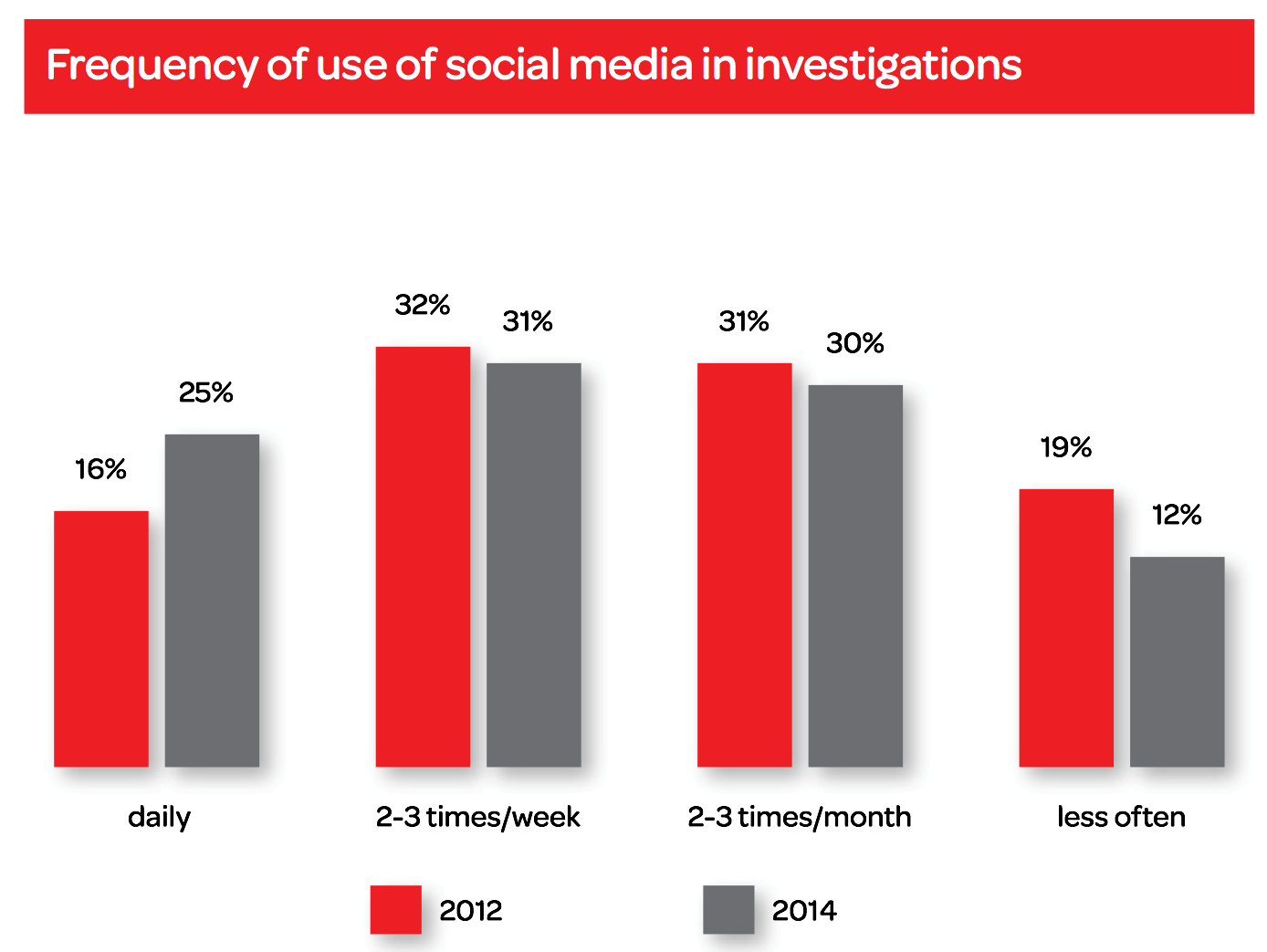
By: Ian Grecco, Staff Writer
As the ever-expanding outlets and users of social media expand, so do new opportunities to use these outlets for the benefit of law. Social media outlets, primarily Facebook and Twitter, have provided a forum for people to post valuable information for both investigations and apprehension of criminals. Law enforcement agencies have taken quick notice to the advantages of using social media for tracking down criminals. Social media outlets are also useful for high-profile criminal cases for either the prosecution or defense to use to sway the public before a trial takes place.
There are many features on social media that law enforcement officials can analyze to determine a criminal’s location. For instance, Facebook allows for a person to “check-in” at a location by posting a status with an exact location. Surprisingly, some criminals have been caught through this method in only days after a crime. Another advantage is the ability to view almost anyone’s pictures from a post. On Facebook, people are tagged in photos by their friends and appear in the news feed because of the recent tag. This allows for other third parties to see who is tagged in a photo if one of their friends is tagged in the photo too. Law enforcement officials can take advantage of this feature by matching a photograph’s landscape with a location.
It is no surprise then that officials, especially probation services, have created a fake social media account to keep a close eye out for any suspicious activity. A fake account is relatively easy to start-up. People are usually more inclined to add people that are friends of other friends. Therefore, building an account by sending mass friendships is an easy way to gain a diverse population in a specific area, thus increasing contacts and information. The “fake” law enforcement account can remain unsuspicious to its friends by rarely posting information while acting as a watchdog over peoples’ posts.
So just how many law enforcement bodies are taking advantage of the social media outlets? According to a recent survey by LexisNexis, 4 out of 5 law enforcement professionals use social media as an investigative tool. In fact, 25 percent of those surveyed use social media daily for this reason. Of these social media outlets, Facebook ranks the most widely used by the law enforcement professionals surveyed at 93 percent. Although only about half of the professionals surveyed use Twitter, this is a 25 percent increase from 2012 to 2014.
One of the main reasons for Twitter’s growth in use is because of its easy access to scroll through loads of information starting from most recent tweets. This is advantageous to law enforcement bodies to both warn the public of any dangers and to also ask the public to keep a lookout for any of the described criminals. Recently, I personally saw a tweet from Erie Alerts warning the public that the Erie police was “on [the] lookout for white van with two males who just robbed Jarreds Jewelry.” This tweet serves as both a warning to the general public to be aware of these armed and dangerous criminals, but to also request the public to report the whereabouts of the van. In this way, the Erie police can warn its 26,000 twitter followers of the danger, but also potentially gain valuable information from these followers for possible apprehension of the criminals.
Another recent instance where law enforcement successfully used social media as an investigative tool was for the Monroeville Mall shooting. In this case, detectives said they used social media and surveillance video to aid in their arrest. The shooter posted a photo on Instagram only four hours before the shooting, which provided an exact description of the same clothing he was seen wearing in the mall surveillance video. As shown by this example, social media provides another instance where law enforcement is helpful as an investigative tool.
Law enforcement officials are not the only law professionals utilizing social media to help accomplish goals. The use of social media has also spread to high-profile cases such as the George Zimmerman case that dealt with the shooting of Trayvon Martin. As the defense attorney for Zimmerman, Mark O’Mara sought to use social media as a way to present facts and to turn the tide of the public to support his position. Originally, the public was both strongly opinionated to any defense for Zimmerman and ignorant of some of the facts of the case. O’Mara hired Shawn Vincent, a trial consultant to manage the press and media output both before and during the trial. As a trial consultant, Vincent used social media to provide O’Mara with valuable information about jurors such as to aid in voir dire. Vincent also used the social media outlets to introduce different theories of defenses to inform the general public.
It is likely the use of social media by law professionals will continue to grow in the future. Social media outlets continue to provide more opportunities for both monitoring the activity of potential criminals and informing the public. Social media outlets enable law enforcement professionals to use these outlets as investigatory tools. With technology at the tips of the public’s fingertips, it will be interesting to witness the future techniques law professionals develop by utilizing technology.